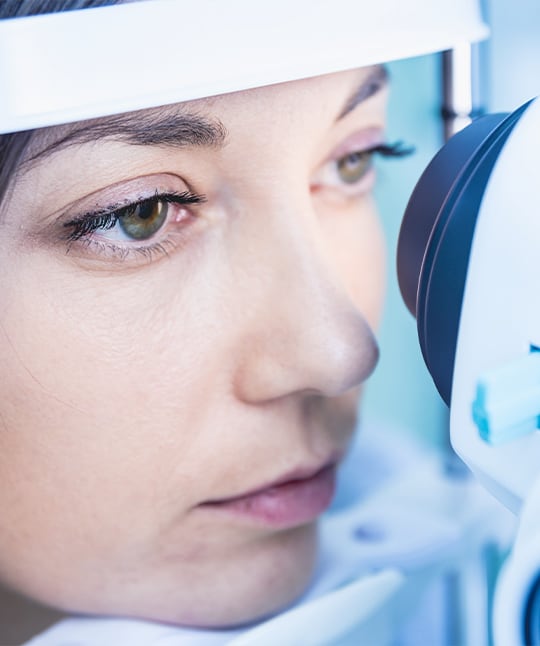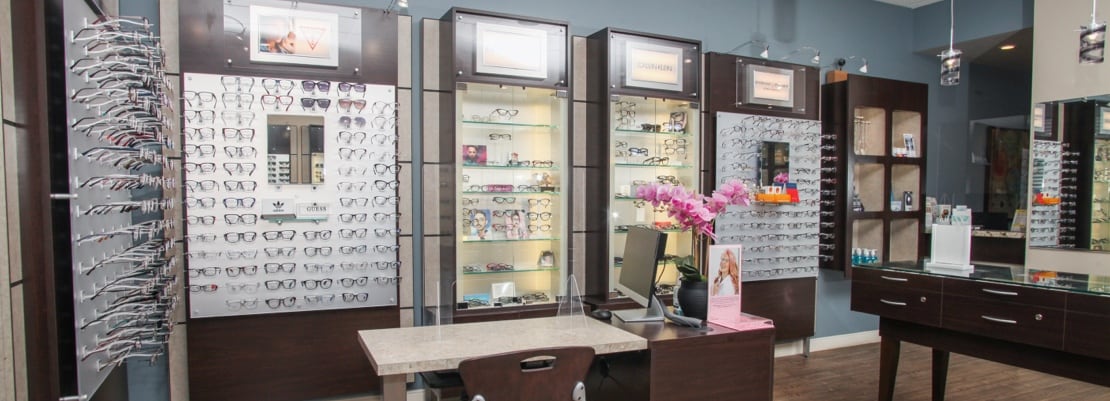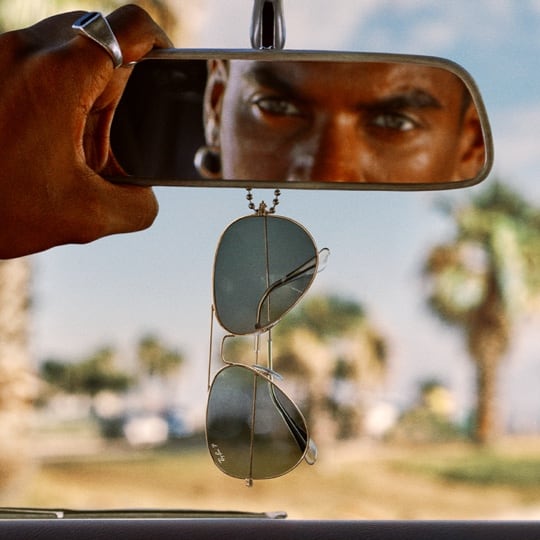Providing Compassionate Care to Our Community
There are many different types of eye diseases that can affect your eyesight or have long-term consequences if not treated promptly. At Total Vision Litle Tokyo, formerly Los Angeles EyeCare Optometry Group, our team has years of experience diagnosing eye diseases.
If you are diagnosed with an eye disease, our team will provide you the care you need. We’ll do everything we can to preserve your sight and improve your health.

Why Your Eye Health Is Important
Many vision problems begin with no symptoms, especially in their early stages. That’s why it’s so important to have regular comprehensive eye exams, particularly as you age. Your optometrist is an important first line of defense against sight-stealing eye diseases.
Our eye exams take a comprehensive look at your eye health needs. From our findings, we can create a management plan using a mix of medically focused approaches and incredible corrective eyewear.
Eye Diseases We Diagnose & Treat
There are many different types of eye diseases and conditions, and your risk of developing them changes depending on your eye health, overall health, and family health history.
These are some of the most common eye diseases and conditions we can help manage. If you’re concerned about your vision or eye health, please feel free to get in touch with us to book your appointment. We’ll be happy to help you preserve your vision.
Age-Related Macular Degeneration
More than 7 million people are at risk of vision loss from age-related macular degeneration (AMD). It doesn’t impact peripheral vision, so it’s rare for AMD to cause total blindness. But, it’s the leading cause of severe vision loss in adults over the age of 50.
AMD occurs when the macula breaks down slowly over time. The macula is a small area in the center of the retina. It contains a concentration of cells that detect light, which send signals to the brain.
There are 2 main types of age-related macular degeneration: wet AMD and dry AMD.
Dry AMD
Dry AMD is the most common form of AMD. This disease can impact one or both eyes. It can progress slowly and without pain.
Wet AMD
Wet AMD is characterized by abnormal blood vessels that leak fluid into the macula. Only 10% of those with age-related macular degeneration end up with wet AMD. But, wet AMD always begins as dry AMD.
Wet AMD is more likely to cause sudden vision changes and should be treated as a serious, vision-threatening issue.
Risk Factors & Symptoms
Some early signs of AMD include:
- Loss of color vision
- Straight lines that appear wavy
- Dark, blurry areas in the central vision
Some factors that put you at a greater risk of developing AMD include:
- Smoking
- Family history of AMD
- Obesity
- Cardiovascular disease
Proper nutrition, as well as protecting yourself from UV light exposure, may help to prevent age-related macular degeneration.
Conjunctivitis (Pink Eye)
Conjunctivitis, also known as pink eye, is an infection or inflammation of the conjunctiva—the thin, protective membrane covering the inside of the eyelids and the eye’s surface.
It’s known as pink eye because the blood vessels in the conjunctiva become visible when inflamed. Pink eye can be caused by a viral or bacterial infection and can be highly contagious.
Symptoms
Some common symptoms of pink eye include:
- Crusty discharge, especially after sleep
- Blurry vision
- Redness in the white of the eye
- Itchy eyes
- Light sensitivity
While mild cases are usually harmless, if left untreated, pink eye can lead to corneal scarring. If you suspect you have pink eye, you should visit your eye care provider at Total Vision Little Tokyo for an examination and treatment.
Glaucoma
Glaucoma is a group of eye diseases that progressively damage the optic nerve. Glaucoma often develops with no symptoms in the early stages, and is called “the silent thief of sight” because it can cause severe damage before you’re even aware you have it.
Glaucoma is characterized by high intraocular pressure. Eventually, this high pressure damages the optic nerve, which sends images to your brain.
Risk Factors
Several factors can put you at increased risk for glaucoma. These include:
- Thinner than normal corneas
- Diabetes
- Being over the age of 40
- Having a family history of glaucoma
- High blood pressure
- Taking certain medications, like those for bladder control or seizures
Cataracts
A cataract is the clouding of the eye’s normally clear lens. The proteins in the eye’s lens start to break down and clump together with age. This creates an opaque area called a cataract, which can grow over time and impact your vision.
Signs & Symptoms
There are several things to watch out for that may indicate cataracts, including:
- Halos around lights
- Blurry, cloudy, or dim vision
- Frequent changes in corrective lens prescriptions
- Increased difficulty seeing at night
In their early stages, vision affected by cataracts can be corrected with eyeglasses or contact lenses. When cataracts continue to develop, the only treatment is surgery. If your optometrist decides you need surgery, don’t worry. Cataract removal surgery is considered safe and effective. We’ll be there for you every step of the way to set your mind at ease and answer all of your questions.
Protect Your Ocular Health with Regular Eye Exams
There are hundreds of eye diseases and conditions. Regular comprehensive eye exams can detect these diseases before symptoms begin. Early diagnosis can prevent vision loss, so please book your appointment with our caring and compassionate team today.
Where to Find Us
We’ve been part of the Los Angeles community for almost a century! Our practice is located in downtown Los Angeles in Little Tokyo, right across the street from Japanese Village Plaza.
Join our extended family by booking an appointment online today!
We validate and pay for parking during your visit.

Our Address
- 334-B E. 2nd St
- Los Angeles, CA 90012
Contact Information
- Phone: 213-628-7419
- Fax: 213-620-9110
- Email: [email protected]
Our Hours
- Monday: 8:00 AM – 5:00 PM
- Tuesday: 8:00 AM – 5:00 PM
- Wednesday: Closed
- Thursday: 8:00 AM – 5:00 PM
- Friday: 8:00 AM – 5:00 PM
- Saturday: 8:00 AM – 1:00 PM
- Sunday: Closed
Our Eye Care Services
Our Brands






Our Google Reviews
Be the First to Know,
Be the First to Win.
From eye health insights to exclusive giveaways, your feed just got a lot clearer.



